Blackline Safety is a technology leader driving innovation in the industrial workforce through IoT (Internet of Things). With connected safety devices and predictive analytics, Blackline enables companies to drive towards zero safety incidents and improved operational performance. Blackline provides wearable devices, personal and area gas monitoring, cloud-connected software and data analytics to meet demanding safety challenges and enhance overall productivity for organizations with coverage in more than 100 countries. Armed with cellular and satellite connectivity, Blackline provides a lifeline to tens of thousands of people, having reported over 200 billion data-points and initiated over seven million emergency alerts. For more information, visit BlacklineSafety.com and connect with us on Facebook, Twitter, LinkedIn and Instagram.
How to Sell Your Boss on Lone Worker Safety Monitoring
Blackline Safety, Leader in Connected Gas Detection & Lone Worker Safety
February 23, 2016
Do you spend your days at dangerous work sites, in isolation, traveling alone, or indoors but out of sight or sound from others? Do you feel safe working alone? And, do you have lone worker safety monitoring technology in your workplace?
SELLING YOUR BOSS ON LONE WORKER SAFETY MONITORING TECHNOLOGY
The reality is, you never know what the day (or night...or after-hours) will bring. You face many risks on the job—are you confident your company has your back? And, will they respond swiftly when an incident occurs? Here we explore how to sell your boss on employee safety monitoring technology.
CHECKING-IN? MORE LIKE CHECKING-OUT
On top of completing your work, you’re also required to be productive, efficient and check-in periodically with management to confirm you’re safe, as per protocol.
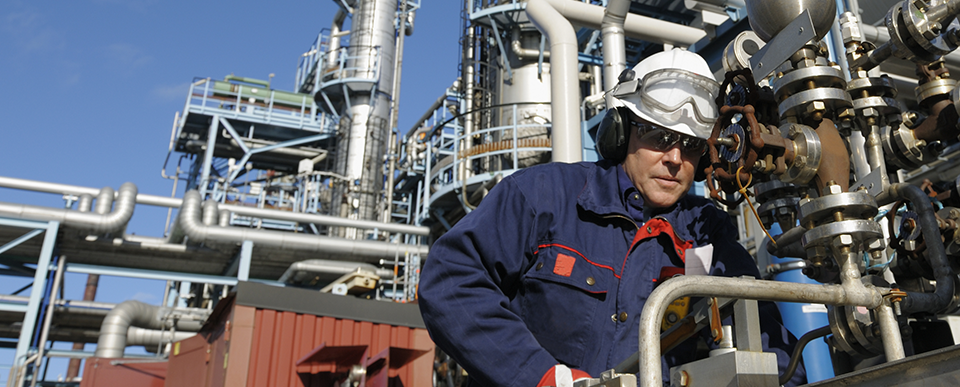 When you’re on the clock, you may find your current manual check-in procedures to be a hassle or waste of time. In fact, the time it takes you and other lone workers to halt your duties and report in, could be time spent working so you can complete your duties, elevate your performance and finish your shift.
When you’re on the clock, you may find your current manual check-in procedures to be a hassle or waste of time. In fact, the time it takes you and other lone workers to halt your duties and report in, could be time spent working so you can complete your duties, elevate your performance and finish your shift.
You’ve got enough on your plate, additional distractions are not ideal.
IS HELP ON THE WAY?
You’re an expert in your field and recognize the importance of staying safe in any environment, under various circumstances—especially if you are a lone worker.
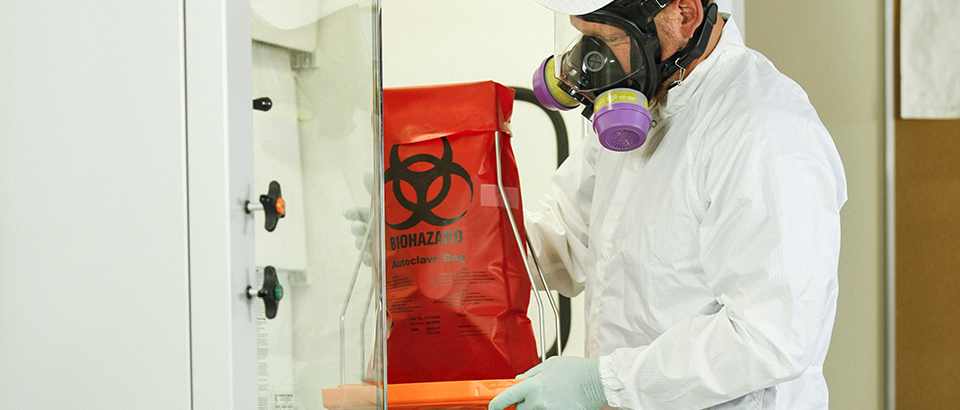 If you suffer an incident and are in need of help, rapid emergency response may not always be an option. Whether you’re confined, underground or isolated and off-the-grid, you need a process in place to locate you quickly and send for help when you are working alone.
If you suffer an incident and are in need of help, rapid emergency response may not always be an option. Whether you’re confined, underground or isolated and off-the-grid, you need a process in place to locate you quickly and send for help when you are working alone.
If you haven’t done so already, ask your boss to review your corporate emergency response plan. When an incident occurs, will responders get to you in minutes, hours or worse?
The bottom line is your company should have a strategy in place to respond rapidly if you or one of your colleagues suffers a safety incident.
DOES A BUDDY SYSTEM MAKE MORE SENSE?
If your business isn’t using manual check-ins maybe it uses the buddy system.
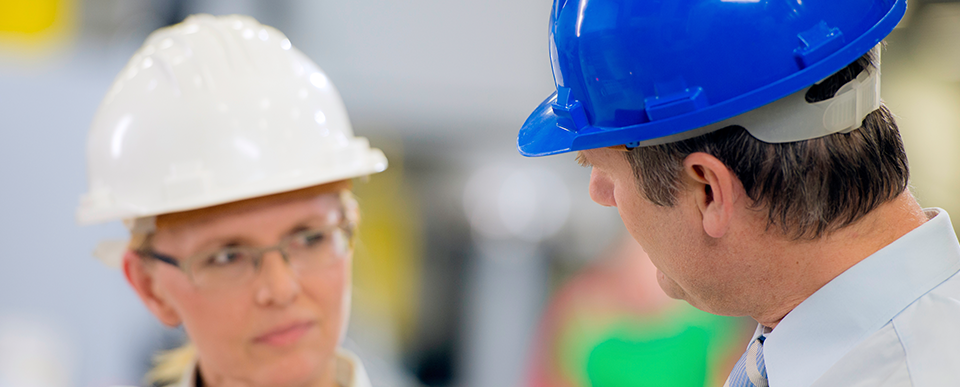 Just like a check-in system, the buddy system also has an impact on your business’ performance—double the cost to your organization. It’s true that a buddy may be available to respond should the unexpected occur but it can also provide a false sense of confidence. Events can occur that place a pair of working buddies in danger.
Just like a check-in system, the buddy system also has an impact on your business’ performance—double the cost to your organization. It’s true that a buddy may be available to respond should the unexpected occur but it can also provide a false sense of confidence. Events can occur that place a pair of working buddies in danger.
But there is a solution that addresses the need to keep you safe—one that can make the difference as well as save your business money.
Implementing safety monitoring technology saves lives and, you can remind your boss, has a positive impact on the bottom line and can reduce insurance premiums.
MAKING THE BUSINESS CASE FOR SAFETY MONITORING
Your employer is responsible for providing safe and secure work environments for you and your colleagues. They must accomplish this all while investing in safety programs, keeping insurance and worker compensation costs low and avoiding financial and legal repercussions for incidents is important for your company’s bottom line.
 Here are some helpful stats to share with your boss.
Here are some helpful stats to share with your boss.
According to the Occupational Safety & Health Administration (OSHA) under the U.S. Department of Labor, “Establishing a safety and health program to prevent occupational injuries and illnesses is not only the right thing to do, it’s the profitable thing to do. Studies have shown a $4 to $6 return for every dollar invested in safety and health.”
OSHA also indicates “only about 30 percent of businesses have established safety and health programs. About half of the 95 million workers who would be covered under an OSHA safety and health program standard don’t have that protection today.”
Understanding that every dollar spent offers a return of up to six times the program cost supports the importance of investing in safety.
The National Safety Council’s Safety+Health Magazine published an ROI on Safety article that suggests knowing how much workplace injuries cost can help convince managers and executives to increase safety investments. A fatality can cost $1.4M in direct costs with an additional $2.1M of indirect costs. If your business earns a 10% bottom line profit, that means to break even on the $3.5M cost, your business will need to earn an additional $35M in revenue.
The article also disclosed “workplace injuries and deaths cost society nearly $200 billion in 2012, and a single injury can cost tens of thousands of dollars.”
The American Society of Safety Engineers (ASSE) completed its own white paper in support of the high return on investment, delving into the hidden costs of failed safety and health systems.
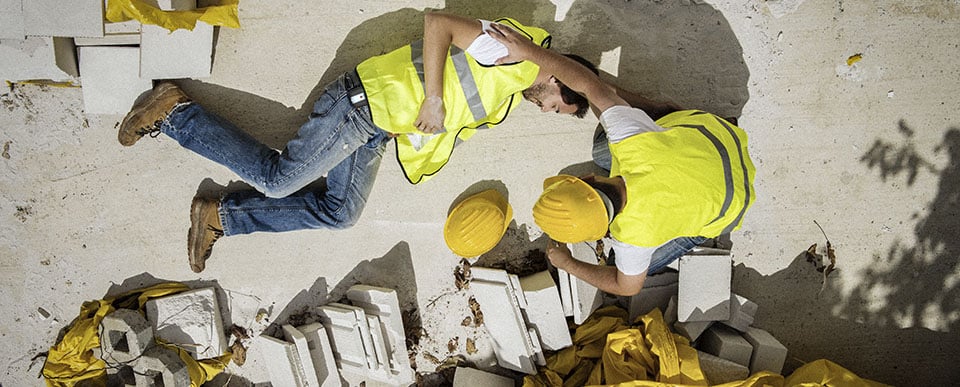 It states that “anyone who has had the misfortune of witnessing or handling the aftermath of a serious or fatal on-the-job injury knows that, without question, the costs go far beyond those that appear in a company’s ledger book. For those who survive, or who work with the accident or illness victim, the costs continue with psychological stress that may require years of counseling.”
It states that “anyone who has had the misfortune of witnessing or handling the aftermath of a serious or fatal on-the-job injury knows that, without question, the costs go far beyond those that appear in a company’s ledger book. For those who survive, or who work with the accident or illness victim, the costs continue with psychological stress that may require years of counseling.”
Your business’ reputation is very important to its success and can have an impact on customer and vendor relationships, and, the ability to attract talented team members.
HELPFUL RESOURCES
From lone worker safety monitoring guides, to solution comparison guides and cost comparison charts, our resources have ample information to help you build your case.
Sharing the possibilities of safety monitoring technology to make the difference while saving your business money is something your leadership can get behind.
With all of this in mind, connect with your boss and confirm your safety. We’re here to help. Let’s talk about how we can help elevate your current safety monitoring program, connect with us today.
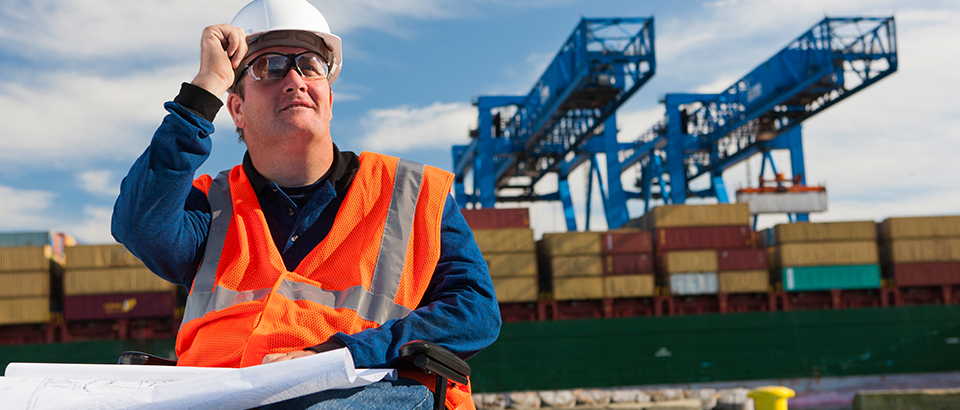
Get In Touch
Let’s start a discussion about your safety challenges and needs.
Related Blog Posts
Real-life Incident: Anna’s Story – Heart Attack While Working Alone
January 22, 2025
‘Please hurry!’How Anna’s G7 Saved Her Life Pain ripped through Anna’s chest and back, taking her breath away. She felt dizzy and like she was...
Real-Life Incident: Leo’s Story - Stranded in the Wilderness
December 13, 2024
'I am stranded': Well site inspector credits Blackline connected wearable device for facilitating remote backcountry rescue Leo felt the quad’s...
Real-life Incident: James’ Story – Knocked Unconscious by a Fall
October 09, 2024
'The G7’s alarm woke me up': Tank inspector credits G7 for waking him and agent for staying with him after suffering severe concussion while working...


